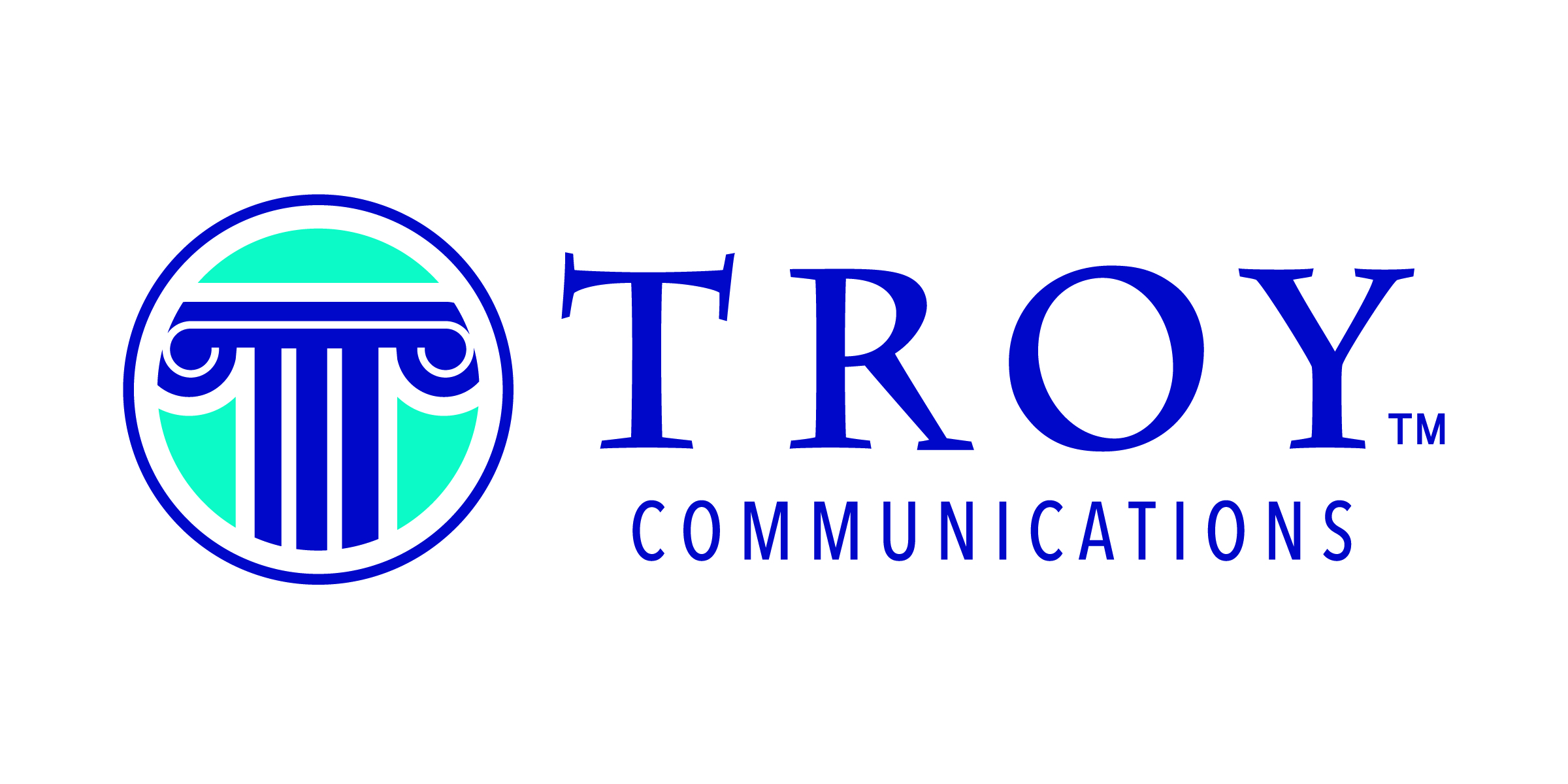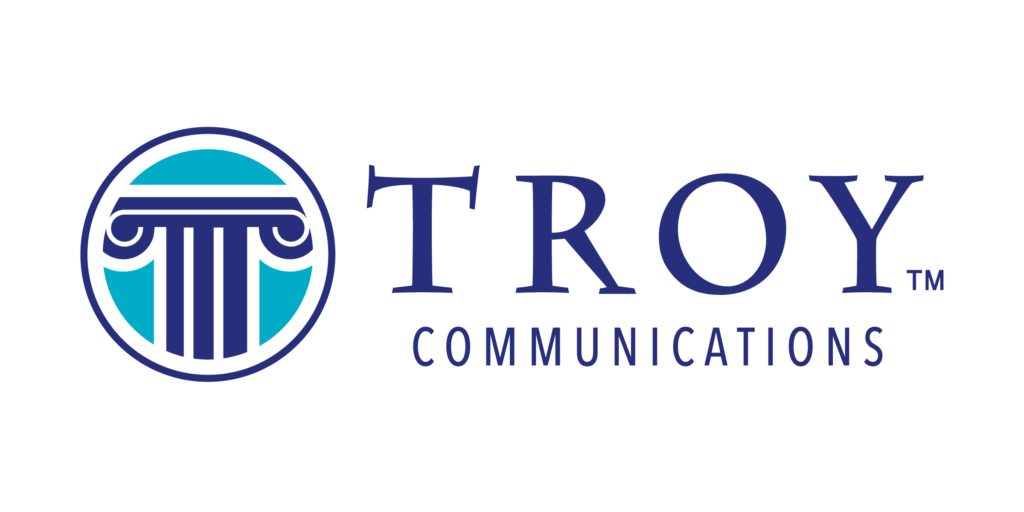By Tasha M. Troy
Since I was a child, I have pursued “cultural intelligence.” No, I didn’t call it that at the time, but that is when I began developing an appreciation and affection for cultural and linguistic differences.
Later, as a communication skills instructor, I came to recognize and appreciate measures of individual difference, all the things that make us unique – personality, learning styles, talents and abilities.
The Human Dichotomy
These observations and experiences brought me to a point where I operate with an unusual tension:
- The more I meet people from around the world, the more I realize we are all really the same – same hopes, fears, dreams, and needs.
- The more I work with individuals, the more I realize we are unique, a “culture of one” – there are no two people who are identical on all points (even identical twins have differing personalities and interests!).
Most of my adult life has been learning to operate within this tension.
A Proliferation of Differences
In today’s globalized and interconnected world, we are often in the position of working with people who seem to have little in common with us.
Cultural differences abound, even between people who come from the same country and speak the same language! Today, living in the Washington, DC, area, I see cultural differences all the time: East Coast vs. West Coast, public sector vs. private sector, Democrats vs. Republicans.
If we are all so very different from each other, how can we possibly work together?
Developing Cultural Intelligence
I believe the most effective leaders today demonstrate the ability to read cultural differences and navigate those differences to bring successful outcomes for all involved.
However, developing this level of leadership, with a dedication to reaching people where they are, is not an easy thing to attain!
- It requires not only knowledge but also maturity and character development.
- It demands selflessness and a focus on others.
- It engages emotional intelligence and interpersonal wisdom.
But the payoff is so worth the investment! In their book Real Influence, authors Mark Goulston and John Ullmen say, “When we break through barriers of geography or language or age … we create new possibilities and identify new paths to great outcomes.”
And isn’t that what every professional wants?
Let’s Start a Conversation
For the past several years, I’ve been working to develop my cultural intelligence for the sake of my students and clients, enabling me to work with diverse groups to achieve individual and group goals. I have learned some hard lessons, but I’ve also gained invaluable knowledge about effective intercultural leadership.
Take It Deeper
What questions do you have about cultural intelligence?
Sometimes it’s hard to know where to start. If you would like to go deeper on this topic, I hold free exploratory coaching sessions each week. You can register online at Troy Communications or email me to schedule an appointment at TMTroy@TroyCommunications.Net
If you enjoyed this article and would like to receive these monthly posts in your inbox, you can subscribe at Troy Communications Blog.



